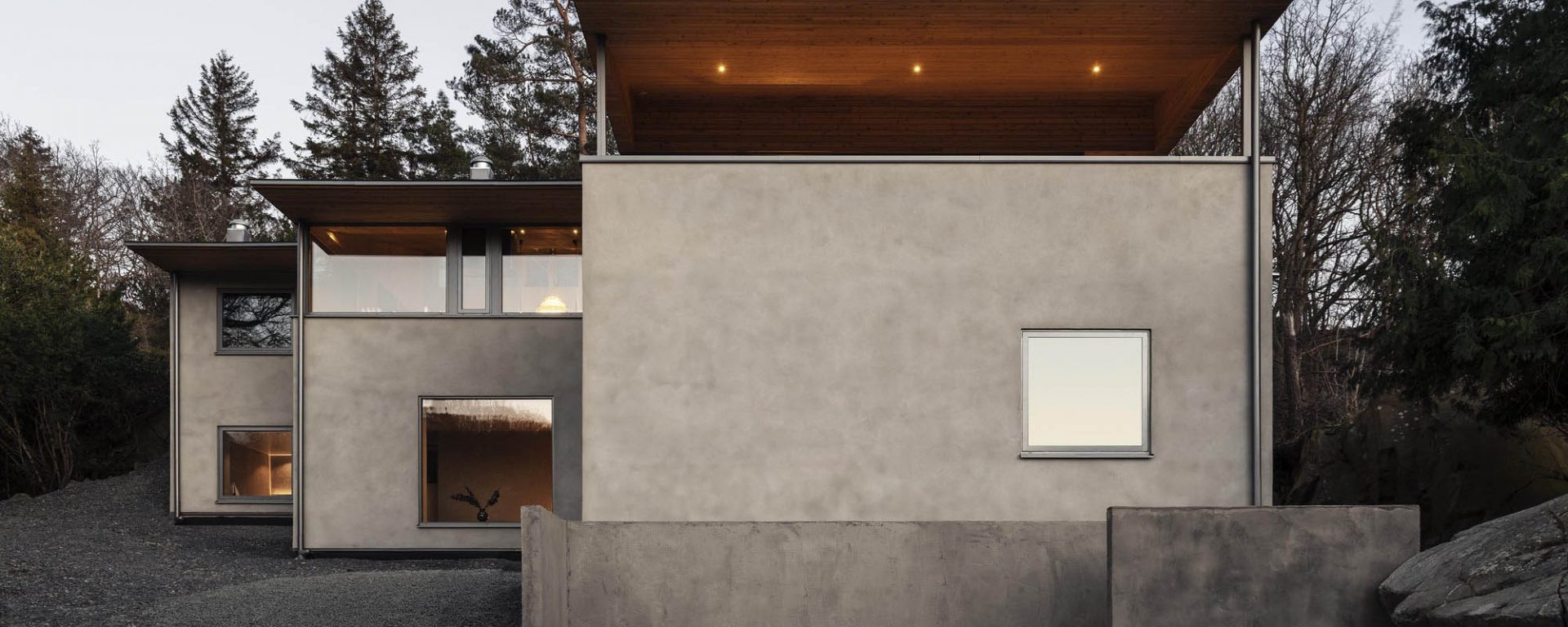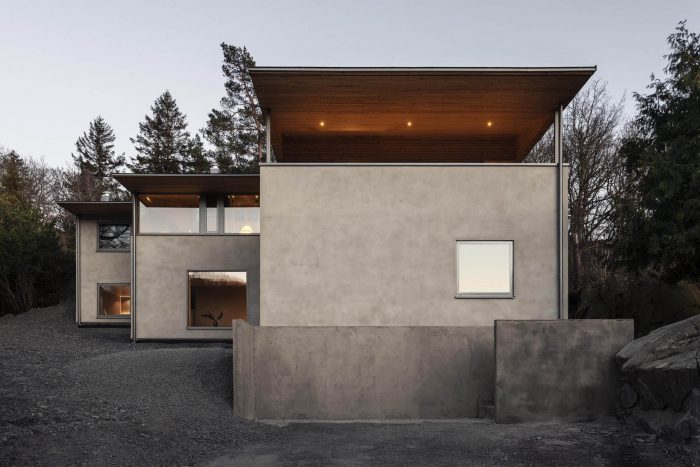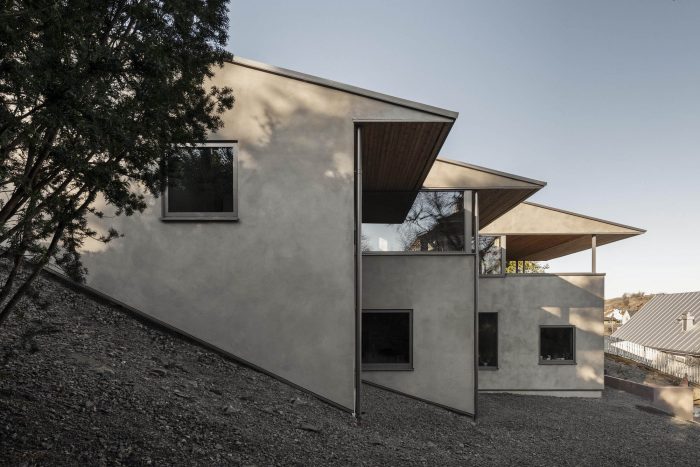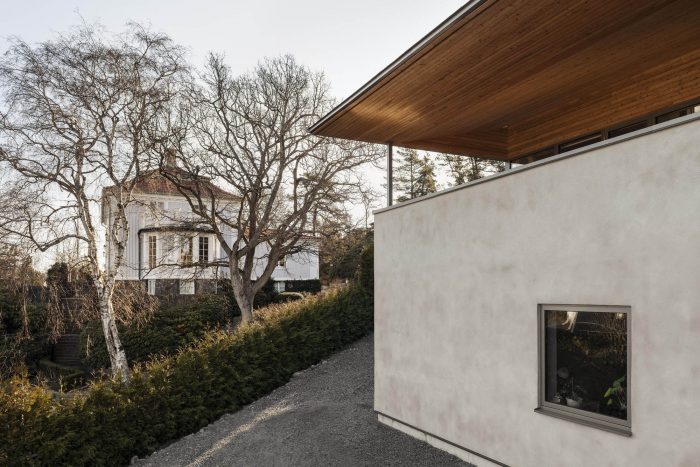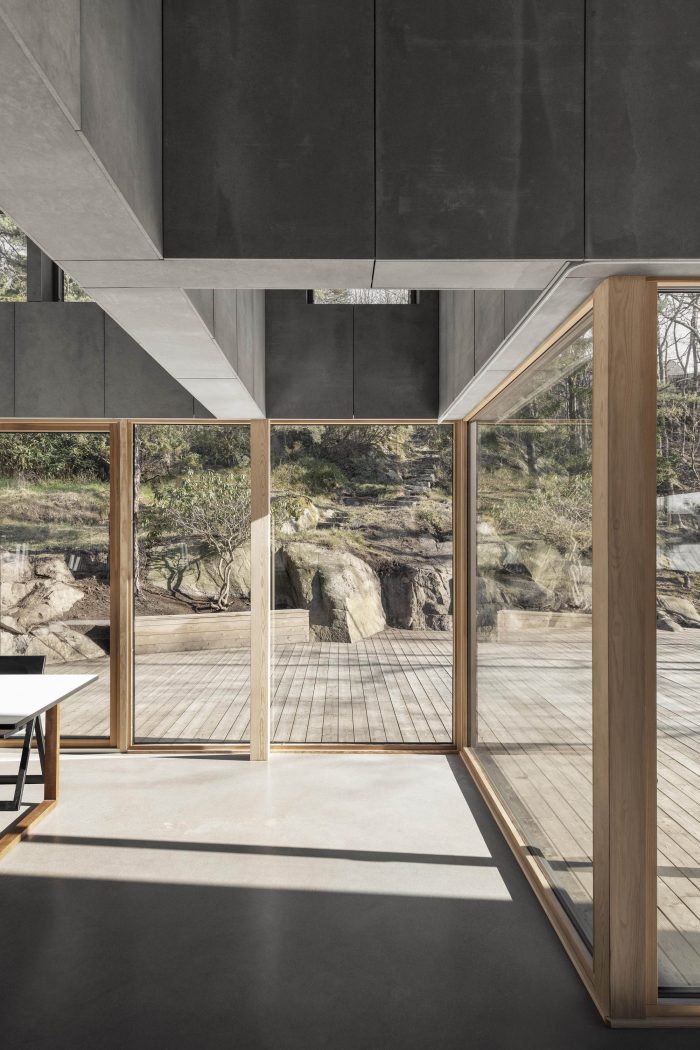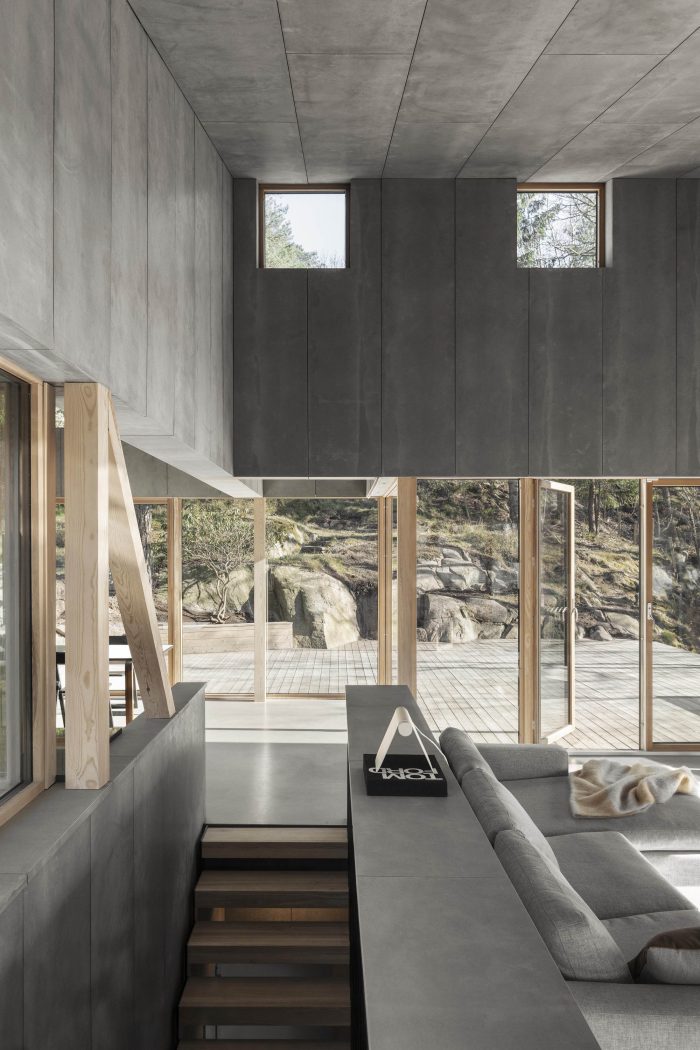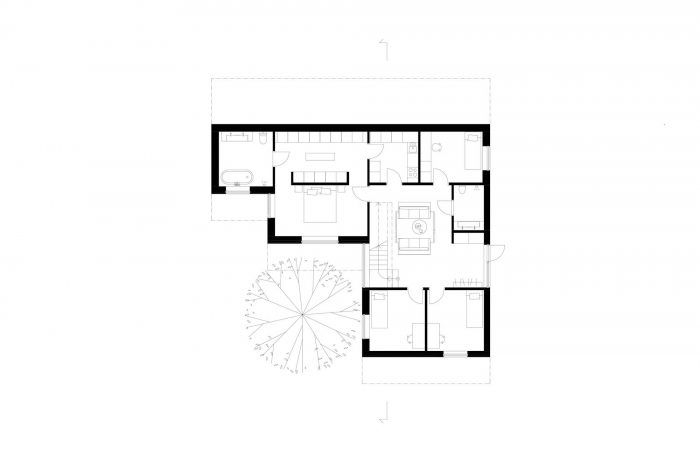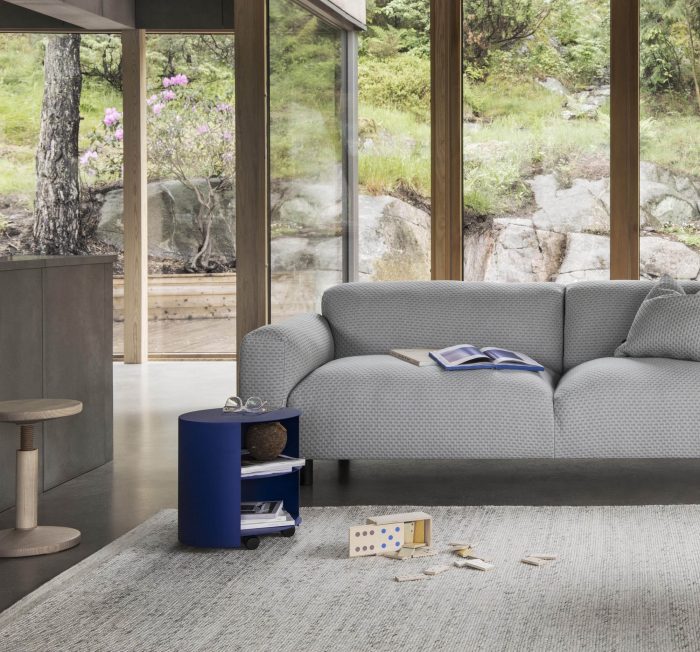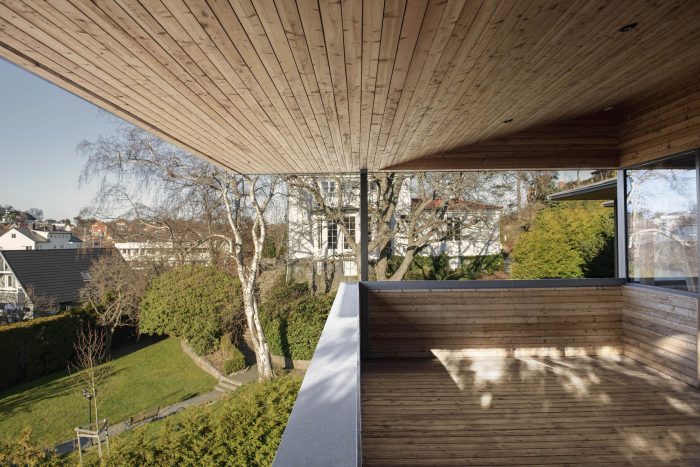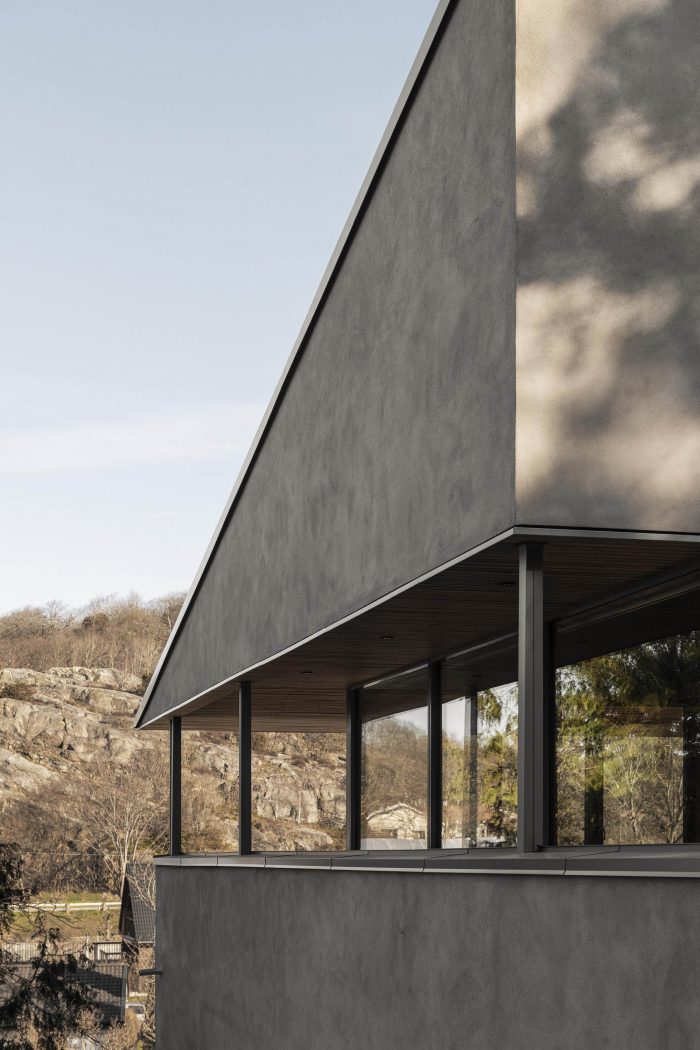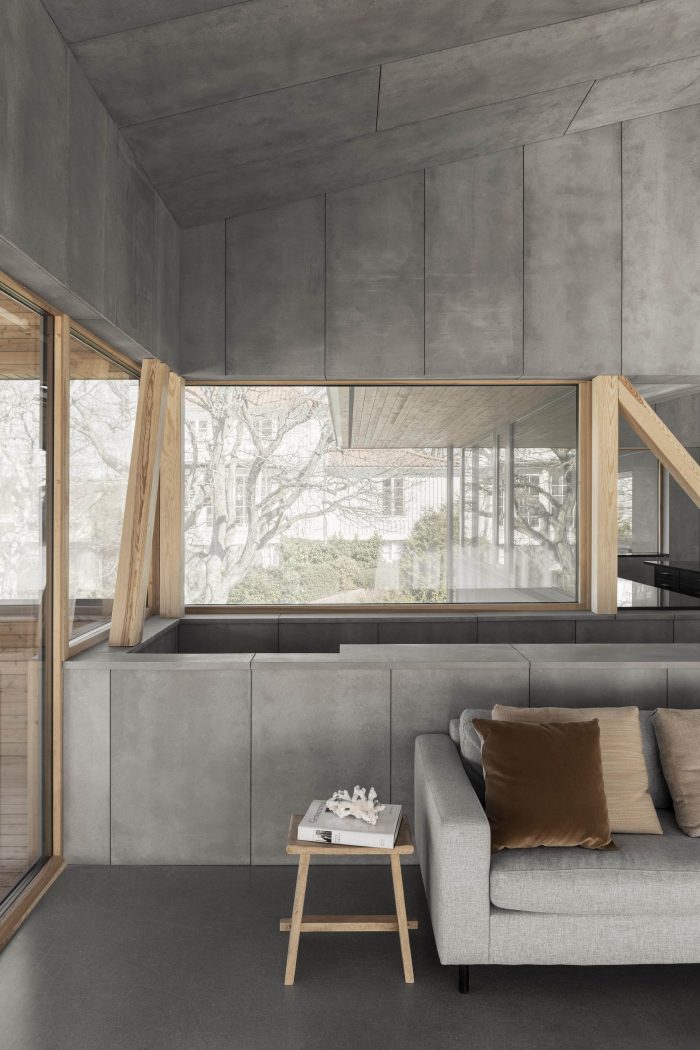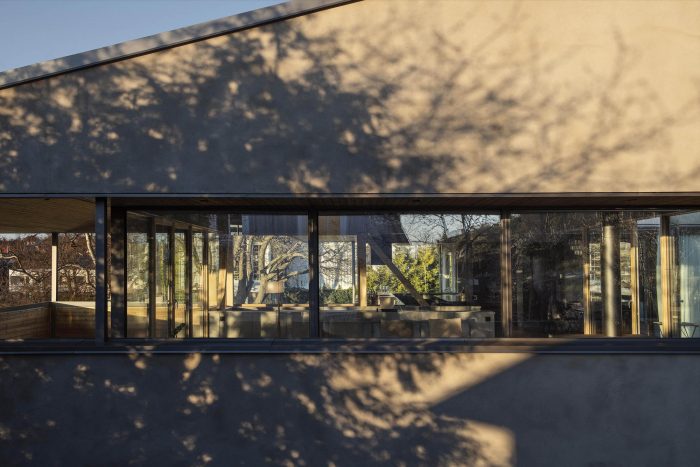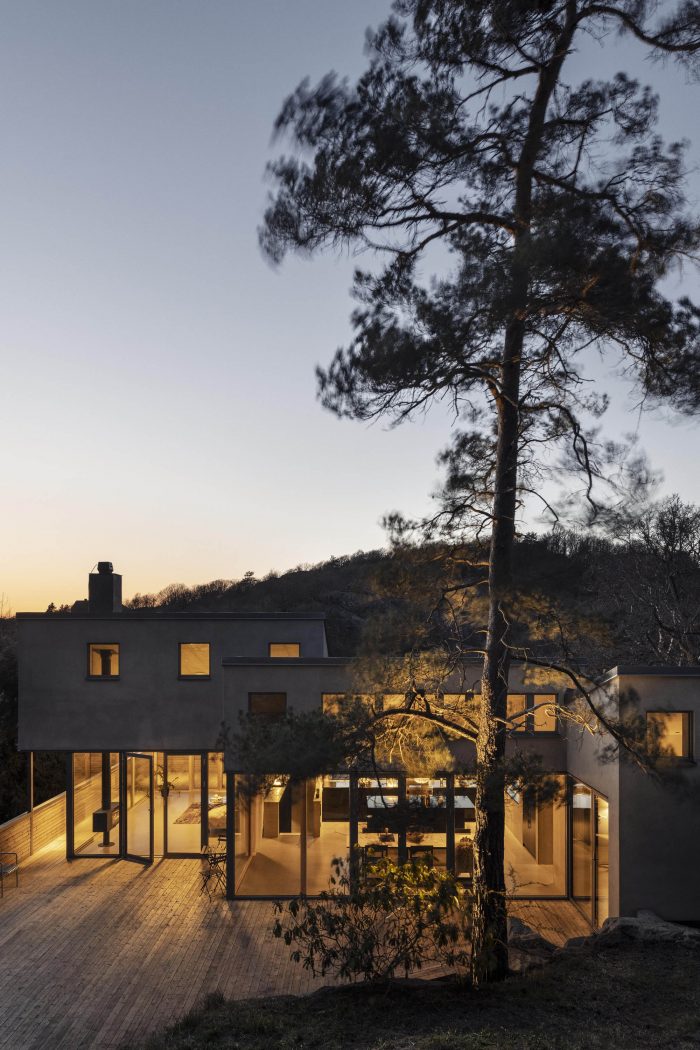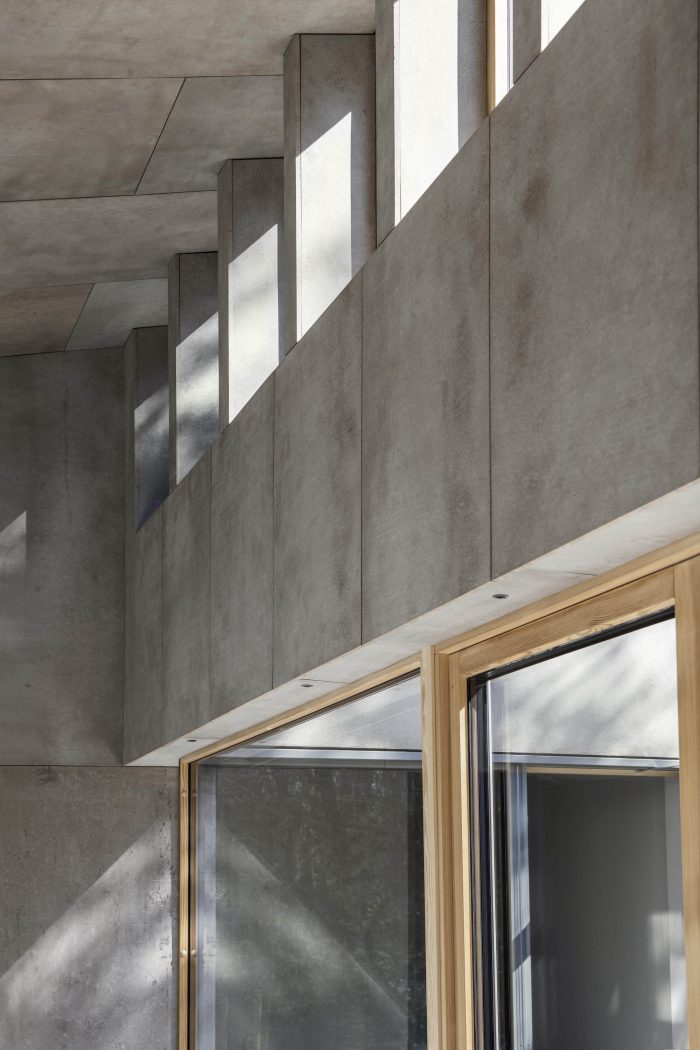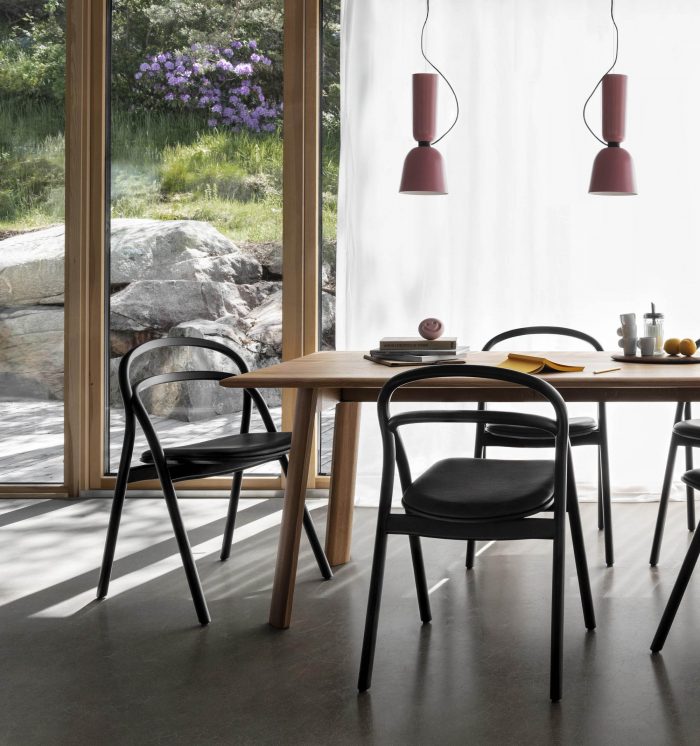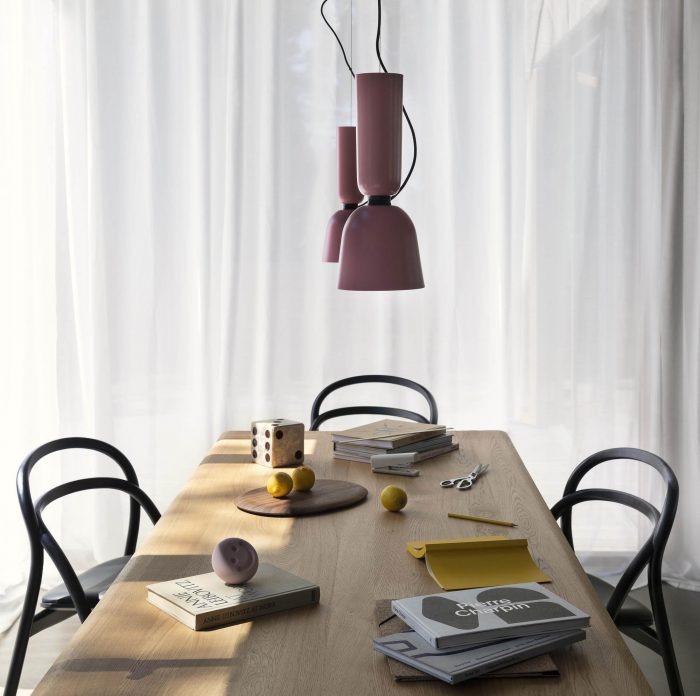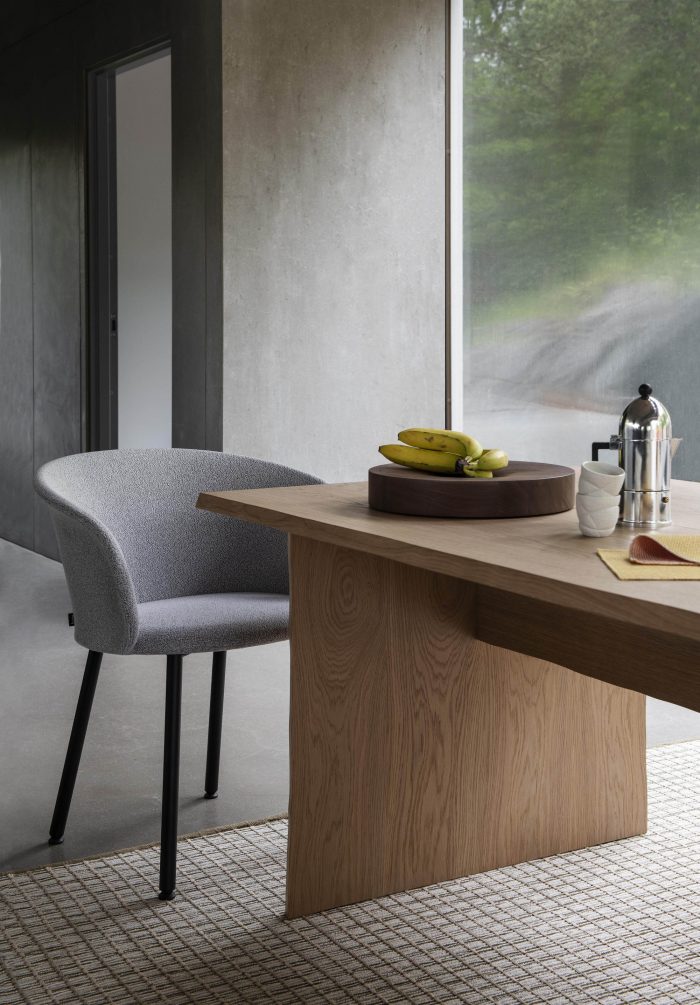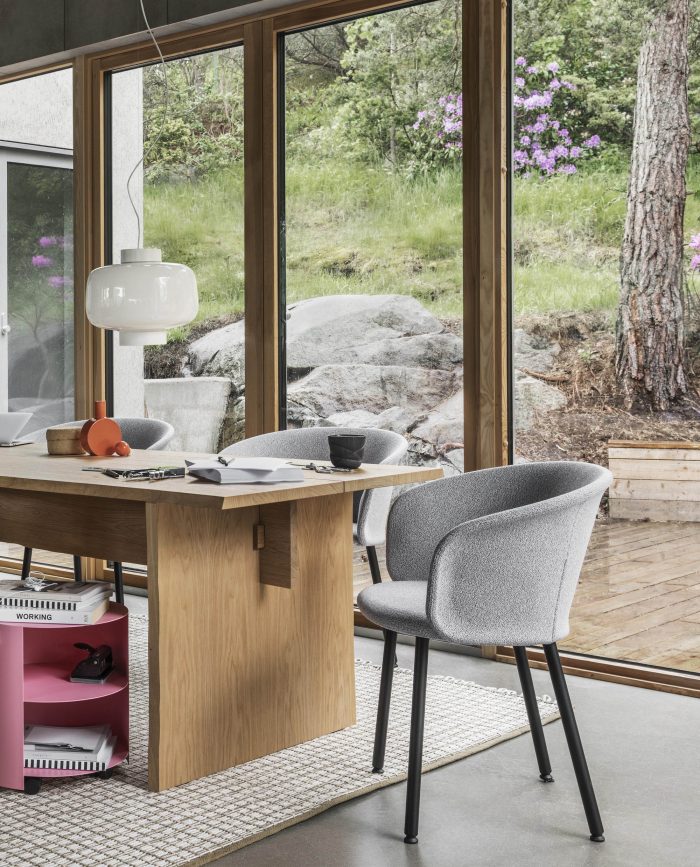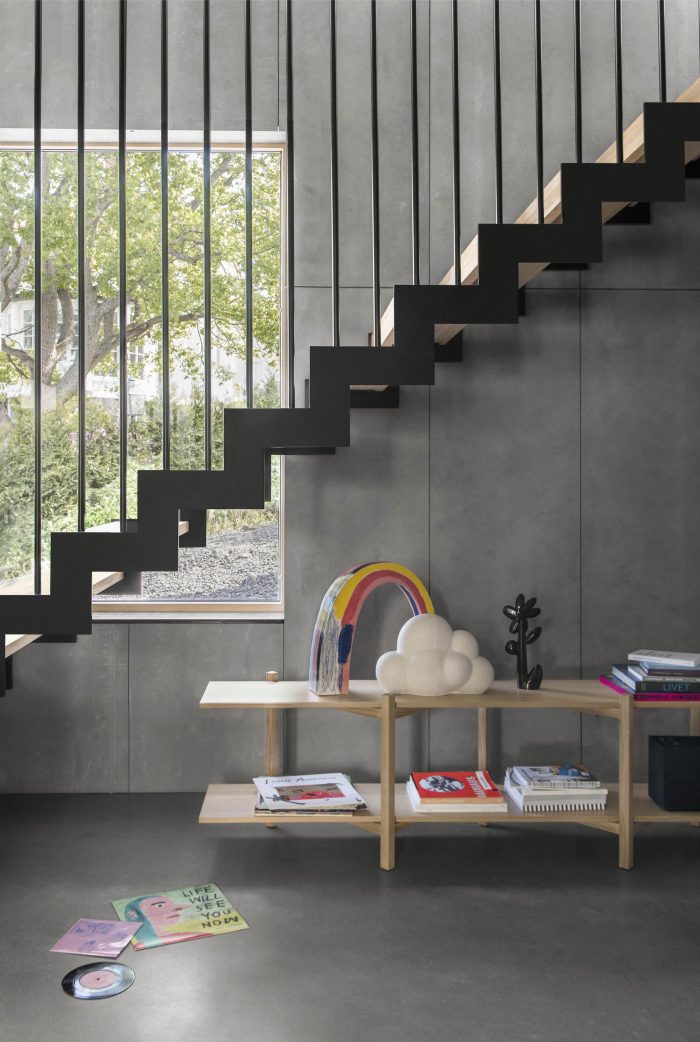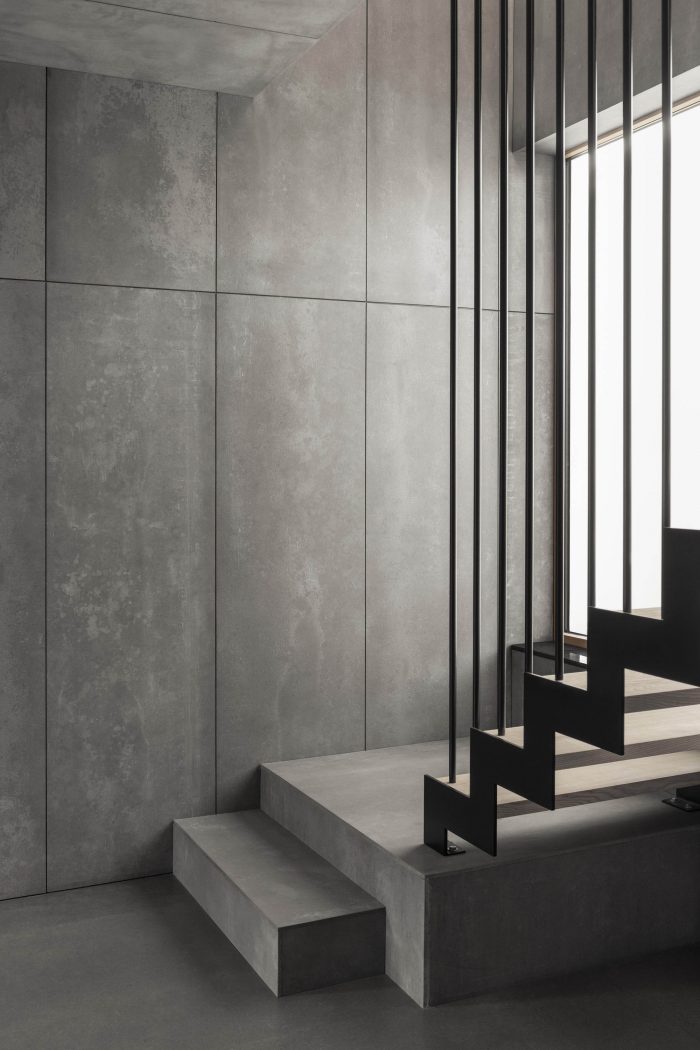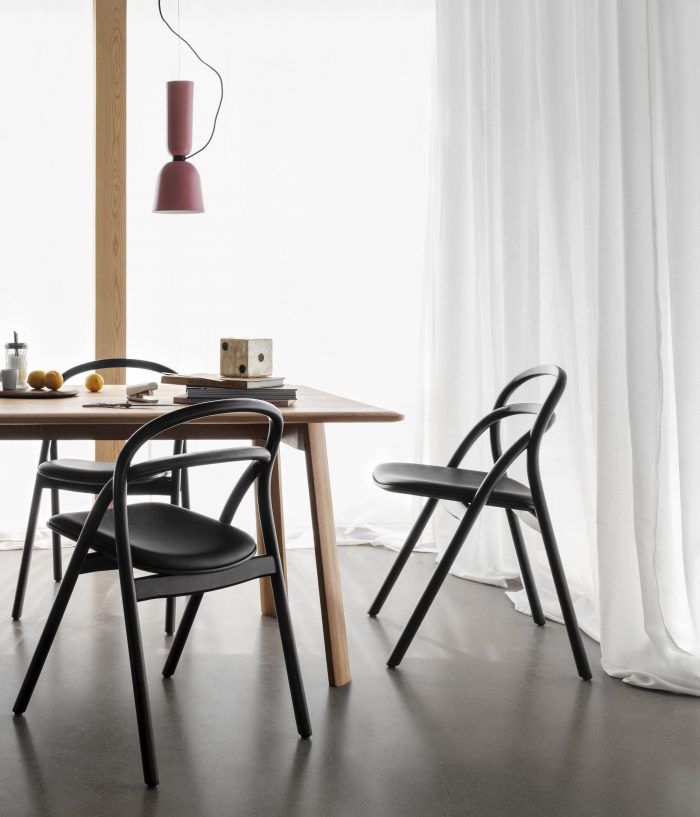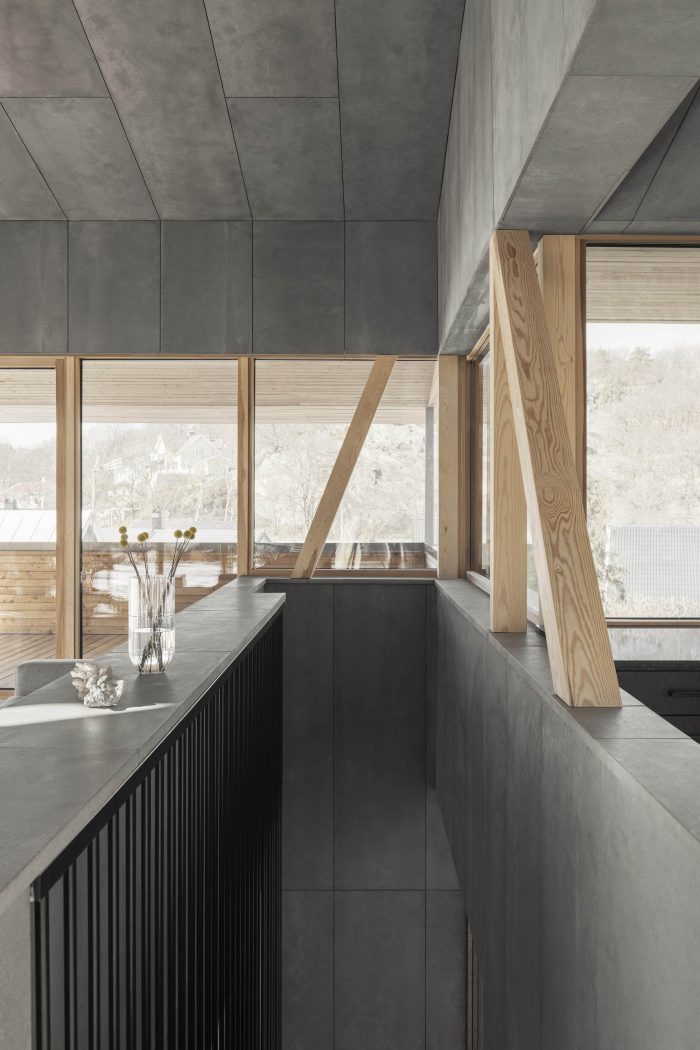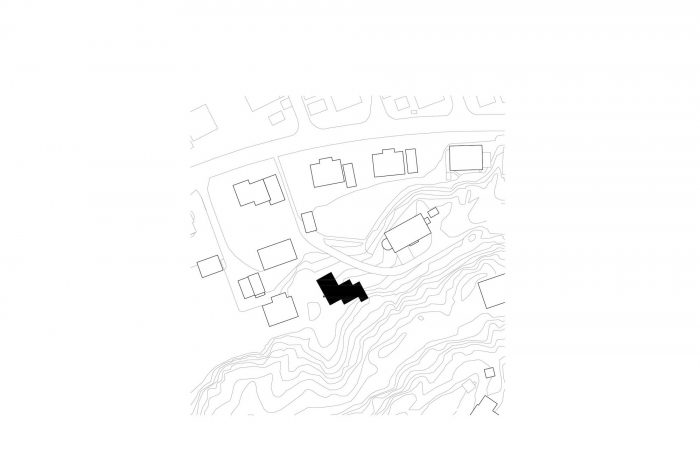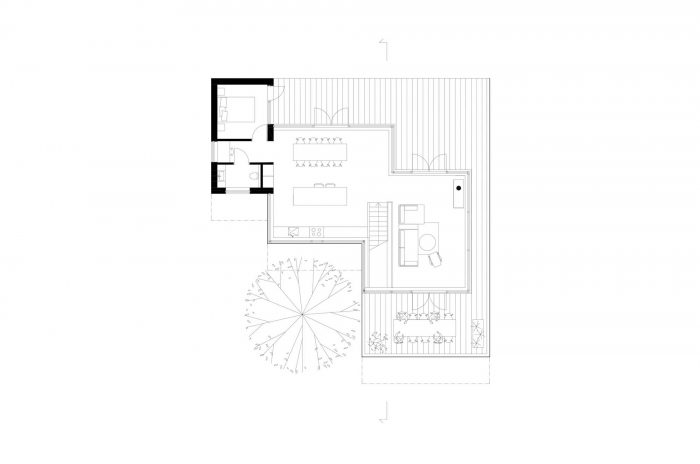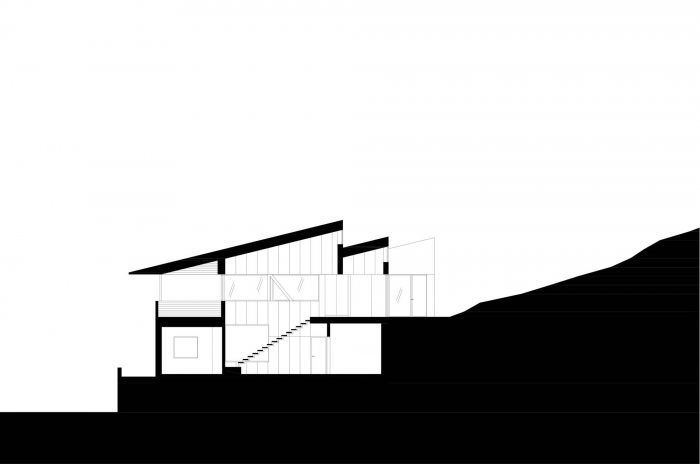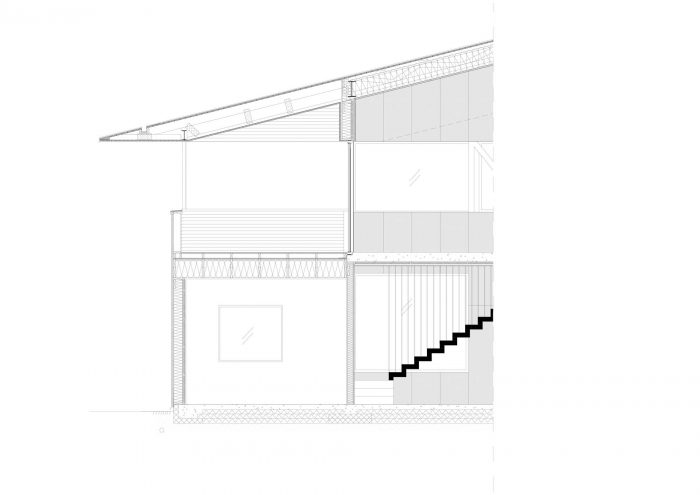拉达尔别墅是哥德堡市西边的Långedrag的一座单户住宅。这个地名最早记载于1766年,当时指的是哥德堡西边的一个礼堂和一个渔村。18世纪末的鲱鱼大潮促进了该村的发展。但直到1908年有轨电车向西延伸后,该地区才开始兴建了大量的别墅,既有建筑师设计的豪华别墅,也有自建的小别墅。
Villa Radal is a single-family house in Långedrag west of the city of Gothenburg. The name of the place was first recorded in 1766, and then referred to a saltery and a fishing village to the west of Gothenburg. The great herring rush in the late 18th century contributed to the development of the village. But it was only when the tramway extended to the west in 1908 that a larger number of villas, both lavishly architect designed and smaller with a self-built character, began to be erected in the area.
环境的特点是地块开发得很稀疏,周围有花园和公园。在这样一个公园旁,在奥斯伯格山的山坡上,海上新闻编辑弗里茨-谢尔于1915年建立了一座别墅。房子周围还建了一个公园似的花园,可以俯瞰周围的情况。
The environment has been characterized by sparsely developed plots surrounded by gardens and parks. By such a park, on the slopes of Osberg Hill, Maritime news editor Fritz Schéel erected a villa in 1915. A park-like garden was also built around the house overlooking the surrounding area.
正是在Schéel别墅的一块子地块上,建起了R别墅。这栋房子爬上了奥斯贝格特的北坡,关闭了通往附近封闭的橡树林的最后一个开口。 该建筑有一个砖砌的底层,和一个玻璃的第二层,向周围的树冠看去。屋顶突出于围墙之上,顺着周围地形的角度。您从北面进入别墅R,并被引导穿过一个小走廊,走向地下中央客厅。卧室围绕着起居室,一个类似中庭的楼梯将光线引入斜面内的楼层。
It is on a subplot from villa Schéel that villa R is erected. The house climbs Osberget’s northern slope and closes the last opening to the neighborhood’s enclosed oak-grove. The building has a bricked ground floor, and a glazed second story looking out into the surrounding canopy. The roof protrudes over the envelope and follows the angle of the surrounding terrain. You enter villa R from the north and are guided through a small hallway towards a central ground floor living room. Bedrooms surround the living room, and an atrium-like staircase brings light into the in-slope story.
二楼包含厨房、第二客厅、阳台和露台,就像一座指挥桥:几乎全部是玻璃,可以创造出长长的视野,将周围的景观尽收眼底。各个房间在水平方向上相互连接,但截面不同,屋顶结构与室内房间错位。意在实现空间的丰富性,内外都有变化。
The second floor, containing the kitchen, a second living room, and balconies and terraces is like a command bridge: almost entirely glazed to create long views and take in the surrounding landscape. The rooms are interconnected horizontally but vary in section, with roof structures that misalign with the interior rooms. The intention is to achieve a spatial richness with variation both on the inside and outside.
建筑材料是根据瑞典西海岸恶劣的气候选择的。外墙为天然灰色石膏,露台内侧和外墙天花板用经过热处理的松木包覆,屋顶用镀锌钢覆盖。房屋内部连续为灰色,地面为抛光混凝土,墙壁和天花板由木屑和混凝土混合组成的复合板覆盖。
The construction materials are selected for the harsh Swedish west coast climate. The exterior is natural gray plaster, the inside of the terraces and exterior ceilings are clad in heat-treated pine and the roofs are covered by galvanized steel. The inside of the house is continuously gray with polished concrete floors, and walls and ceilings covered in composite boards consisting of a mixture of wood chips and concrete.
建筑师:Bornstein Lyckefors
面积:219平方米
年份:2019年
摄影:Erik Lefvander
设计团队:Andreas Lyckefors, Per Bornstein, Johan Olsson, Caroline Jokiniemi, Karen Cubells Gullien, Ainhoa Etxeberria, Johan Häggkvist, Viktor Stansvik, Edvard Nyman, Petr Herman, Gudridur Hilmarsdottir, Emelie Johansson
建筑承包商:Rejnäsvillan
城市:Långedrag
国家:瑞典
Architects: Bornstein Lyckefors
Area: 219 m²
Year: 2019
Photographs: Erik Lefvander
Design Team:Andreas Lyckefors, Per Bornstein, Johan Olsson, Caroline Jokiniemi, Karen Cubells Gullien, Ainhoa Etxeberria, Johan Häggkvist, Viktor Stansvik, Edvard Nyman, Petr Herman, Gudridur Hilmarsdottir, Emelie Johansson
Building Contractor:Rejnäsvillan
City:Långedrag
Country:Sweden

